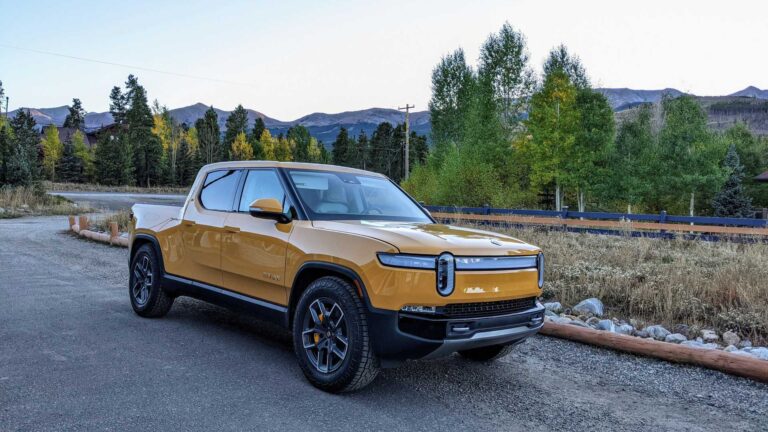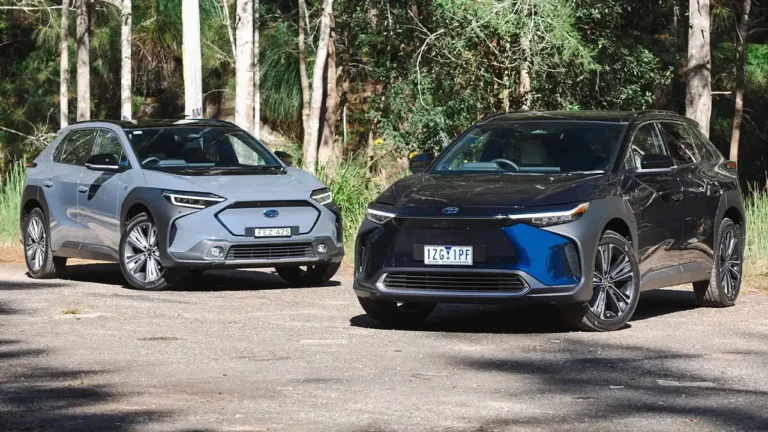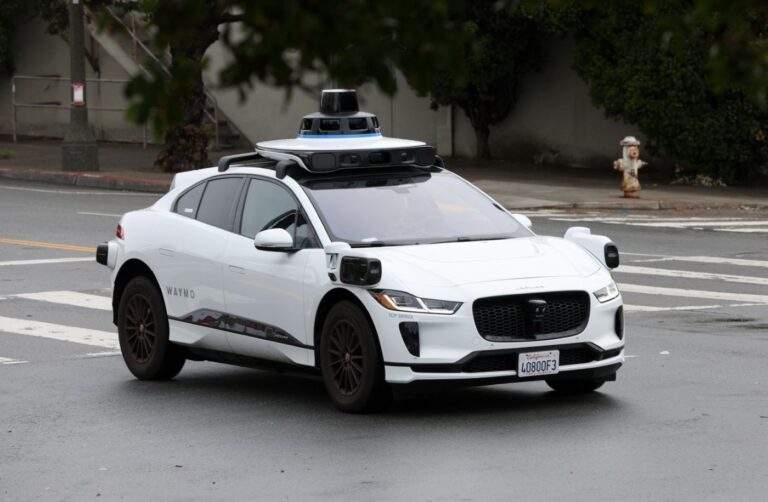Recently, BYD introduced its 1000V charging system alongside a high-performance drive motor boasting 30,511 rpm and 580 kW (778 Ps) per module. This makes it one of the most powerful mass-produced motors in the industry. Notably, it surpasses Xiaomi’s V8s motor, which has a rotational speed of 27,200 rpm and is featured in the Xiaomi SU7 Ultra, as well as Tesla’s Plaid S motor, which operates at 20,000 rpm.
Launch Event
The new motor integrates N50EH high-energy magnets, enhancing magnetic performance by 18%. It also reduces current losses by 44%. To further optimize efficiency, a 0.2mm ultra-thin silicon steel sheet minimizes iron loss, while a 10-layer short-distance winding design lowers copper loss by 21%. Additionally, the motor’s dynamic balance precision is controlled within 50mg—twice as precise as the industry standard of 100mg. It is paired with BYD’s self-developed 1500V silicon carbide (SiC) power module, and the incorporation of direct cooling refrigerant technology improves heat dissipation.

Surprisingly, BYD has chosen to equip this cutting-edge motor first in the Han L sedan and Tang L SUV—both mid-tier family vehicles—rather than its high-end luxury models, the Yangwang U9 or U7. Shortly after the launch, BYD released a speed test video demonstrating the impressive performance of these vehicles. The Han L accelerates from 0 to 100 km/h in just 2.7 seconds and reaches 200 km/h in 4.74 seconds. Meanwhile, the Tang L achieves 0 to 100 km/h in 3.6 seconds and 100 to 200 km/h in 6.19 seconds—remarkable figures for family-oriented cars.

Performance Concerns
The unveiling of these high-speed capabilities has sparked discussions online about the potential issue of technology surplus. Unlike the Xiaomi SU7 Ultra, which is specifically designed for young enthusiasts seeking high-performance driving, the Han L and Tang L are perceived as more traditional, family-friendly models. Some have raised concerns about road safety, questioning whether an average driver—such as a 40-year-old woman accustomed to vehicles like the Honda CR-V—would be able to handle such a high-powered machine. Hopefully, BYD has taken these concerns into account and will implement a performance mode unlocking system that requires practice trials, similar to Xiaomi’s approach.



